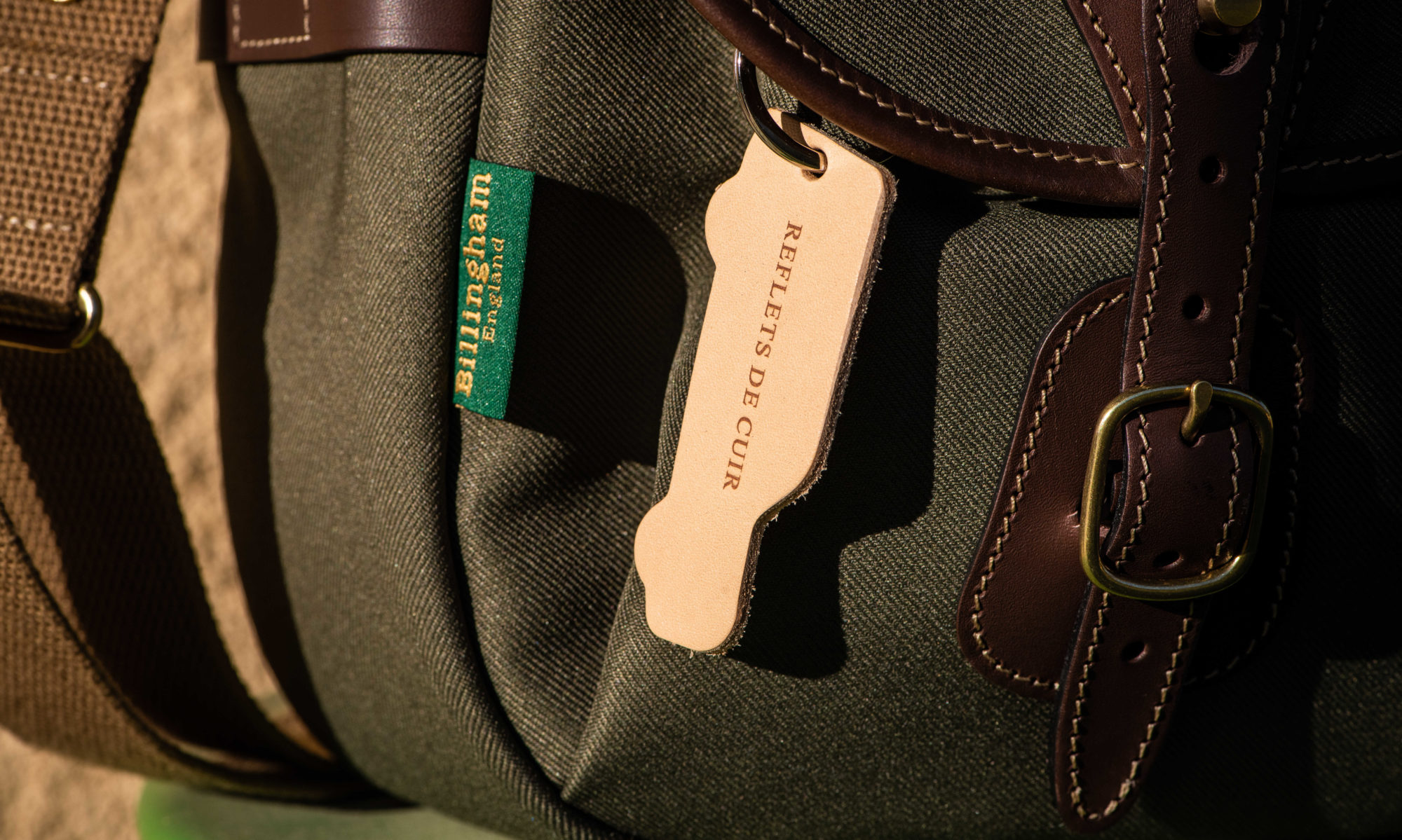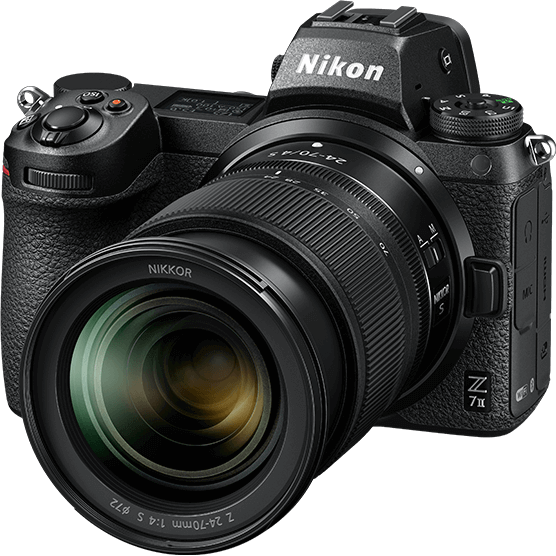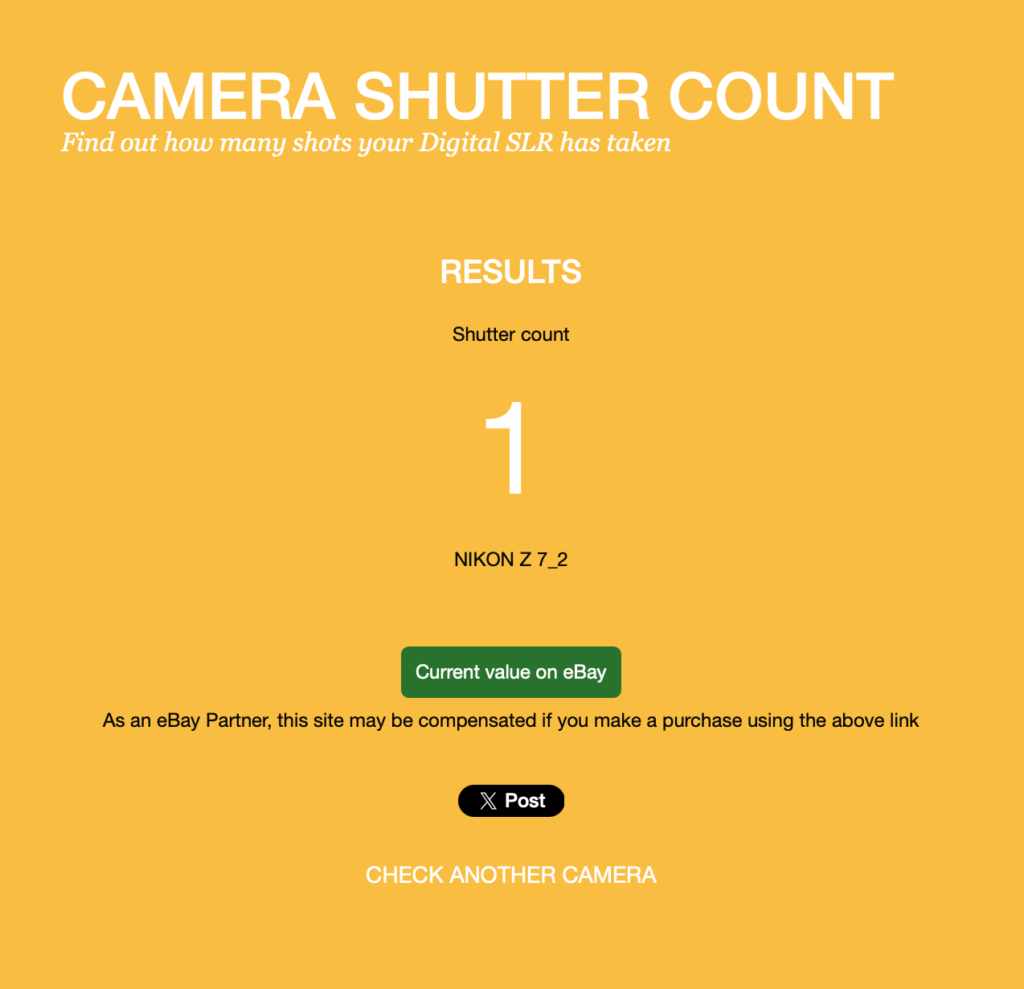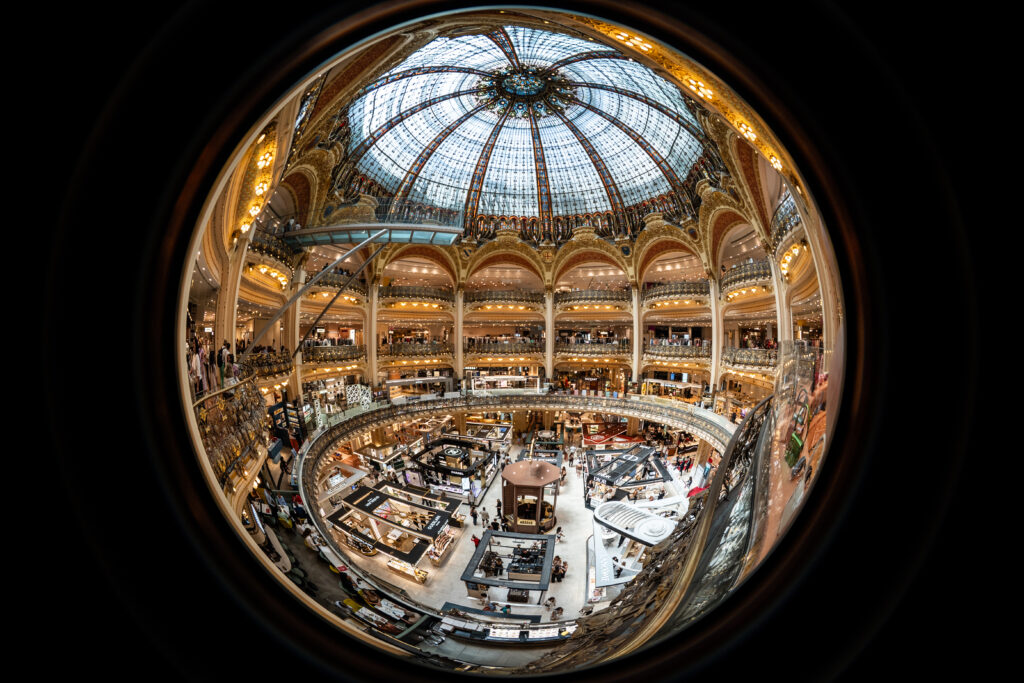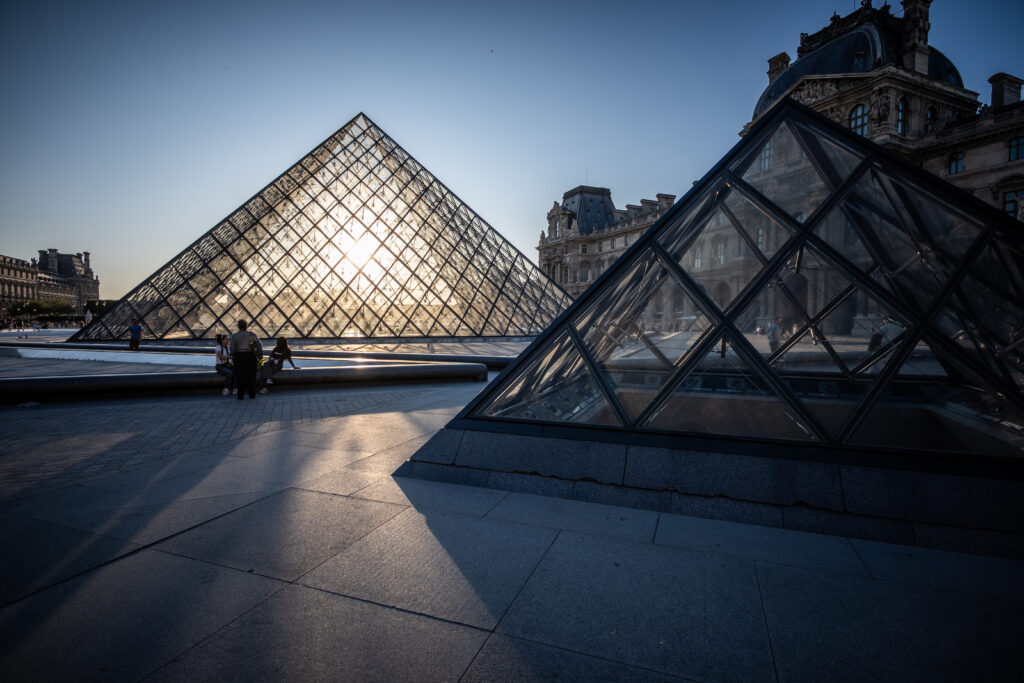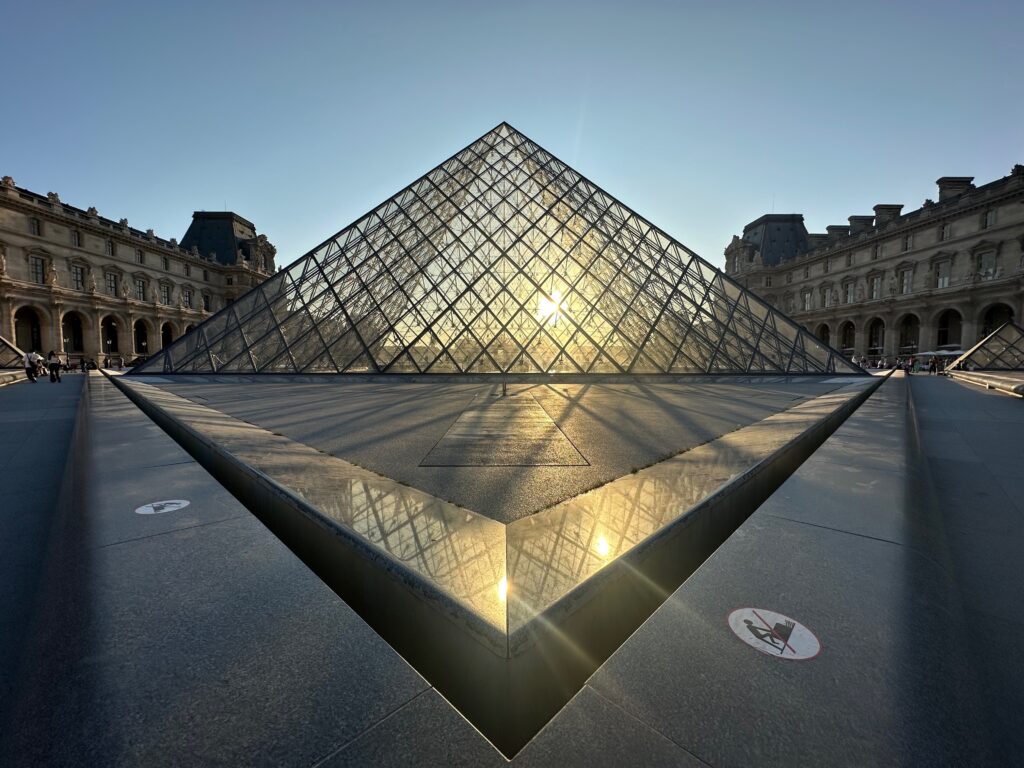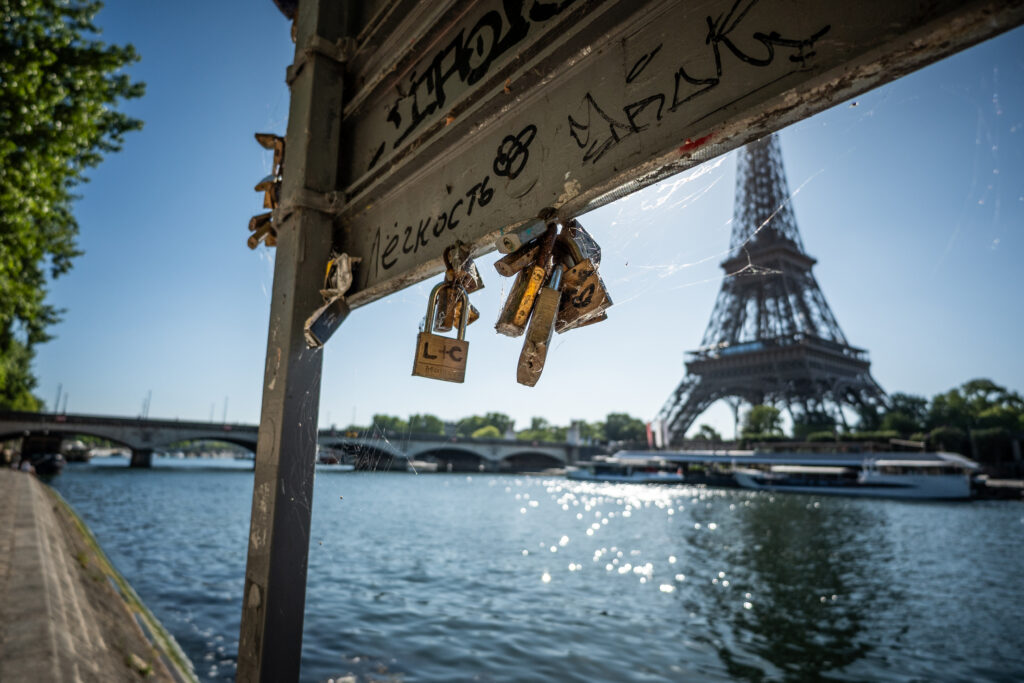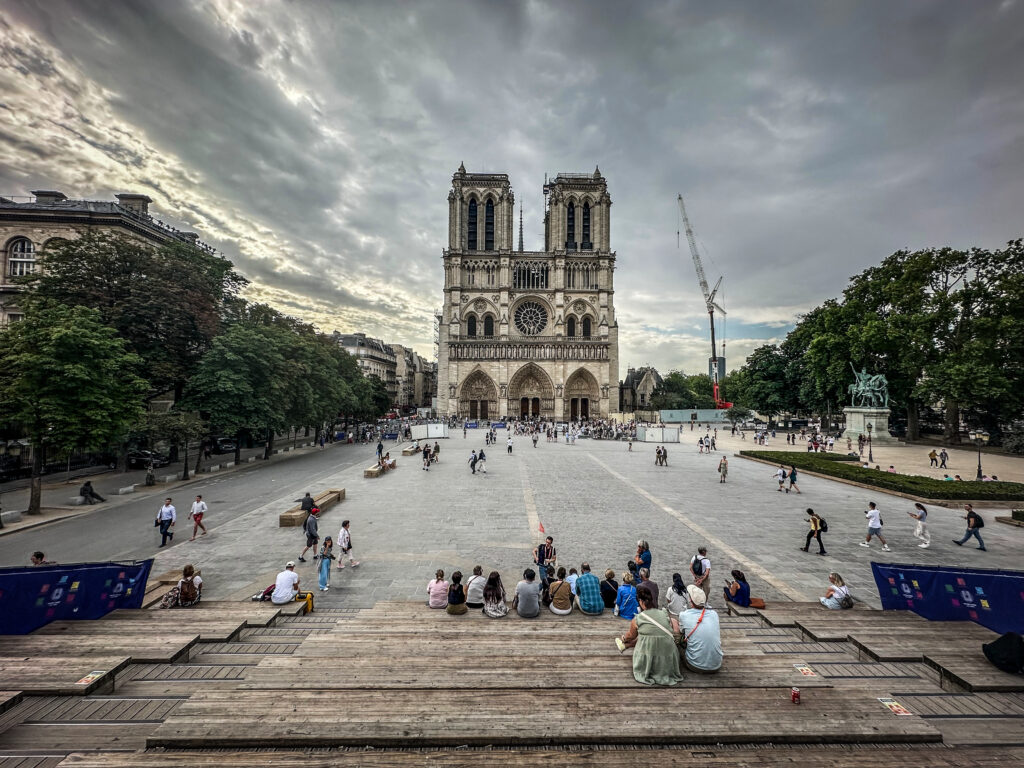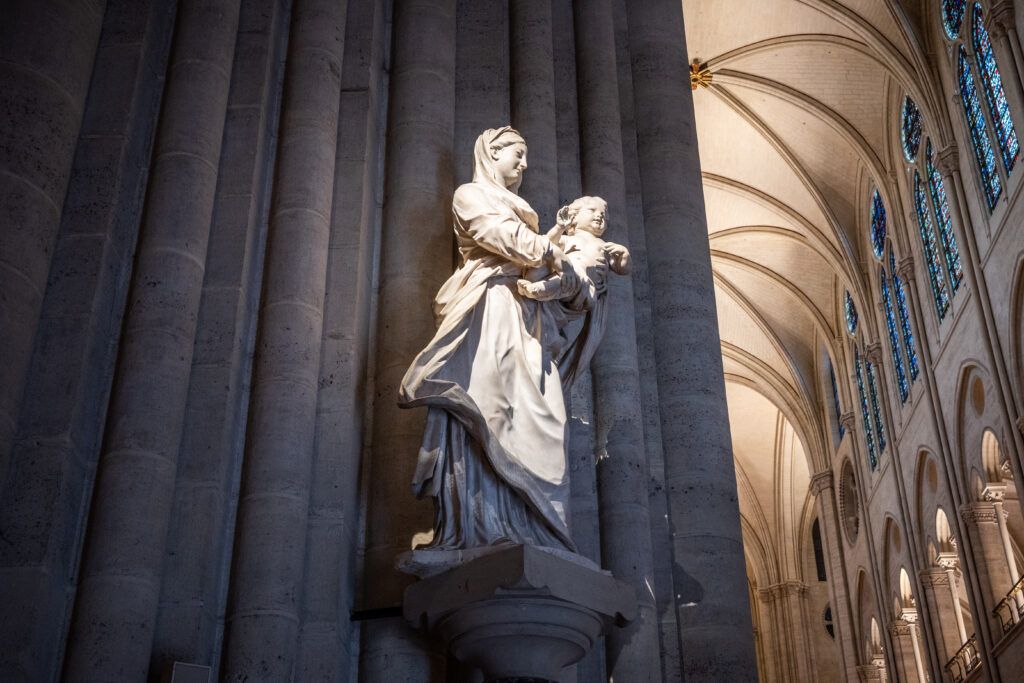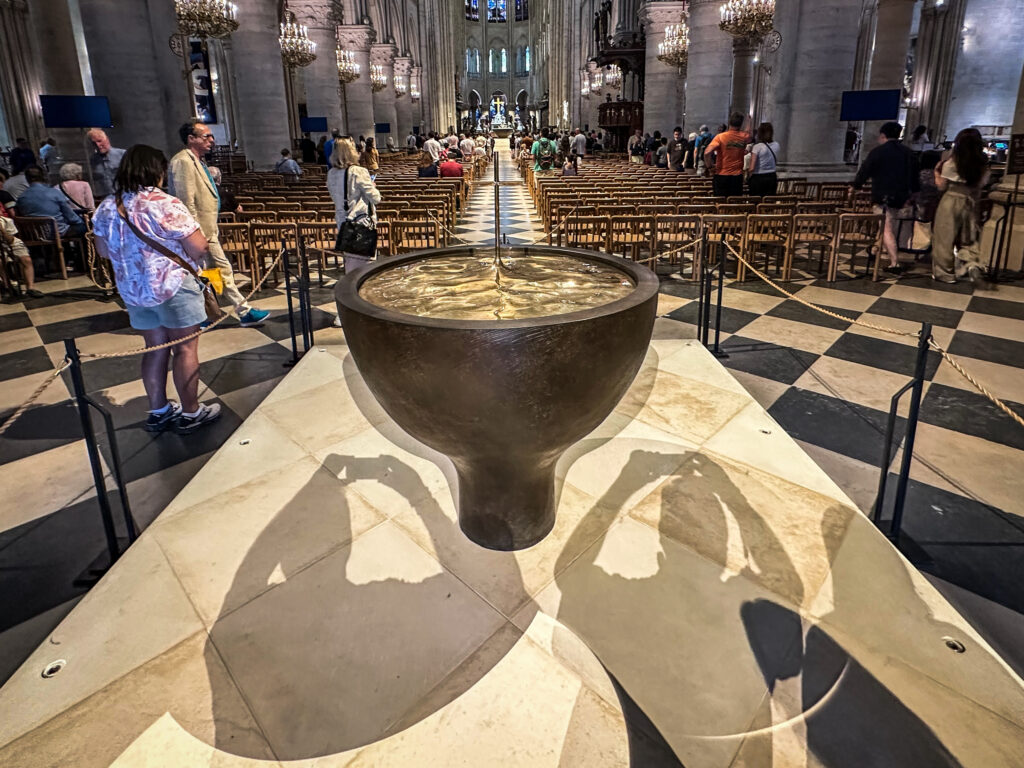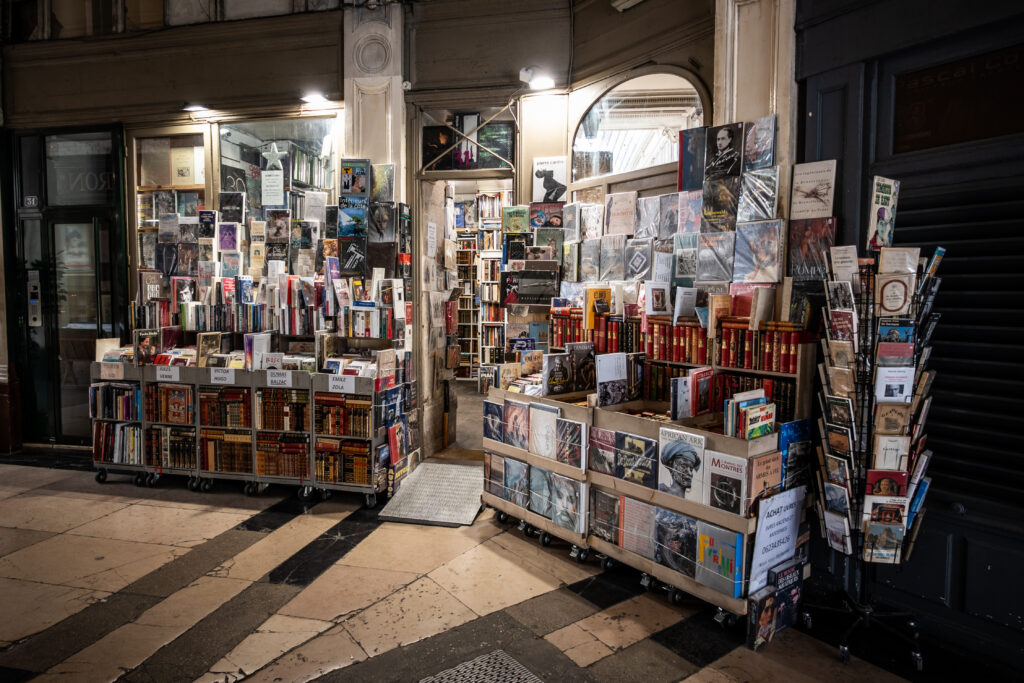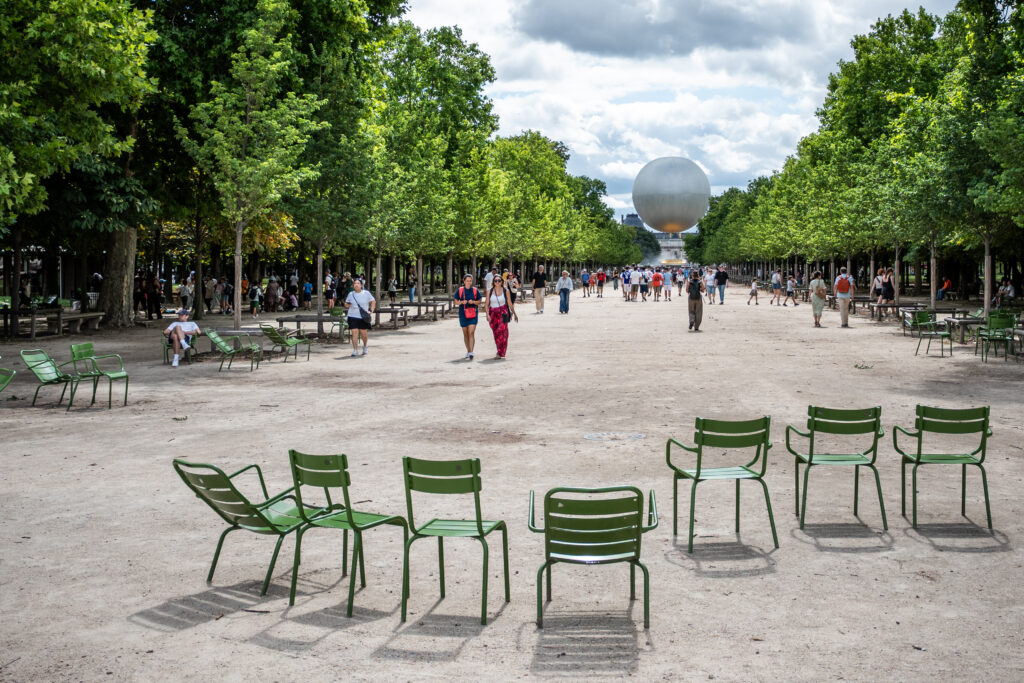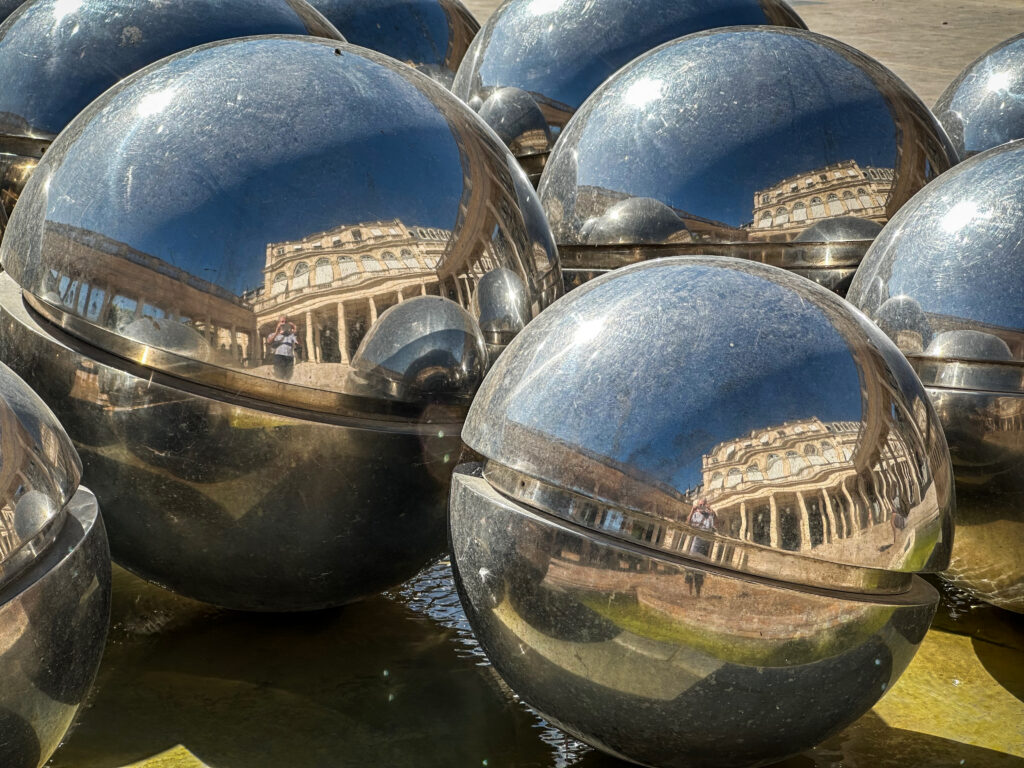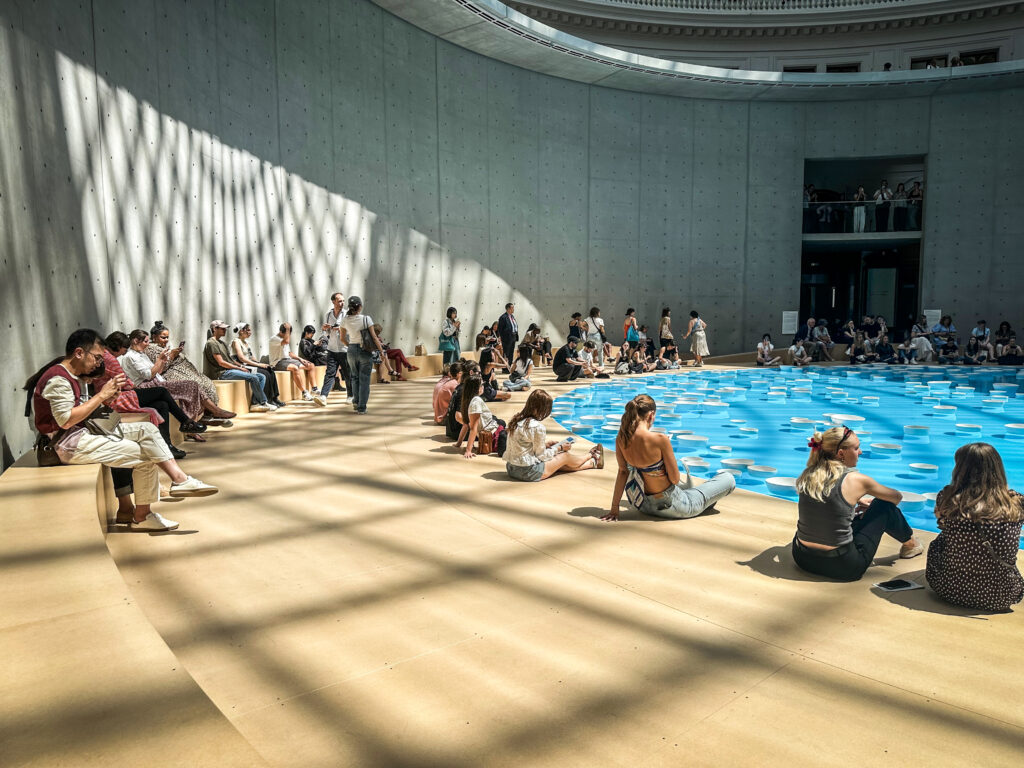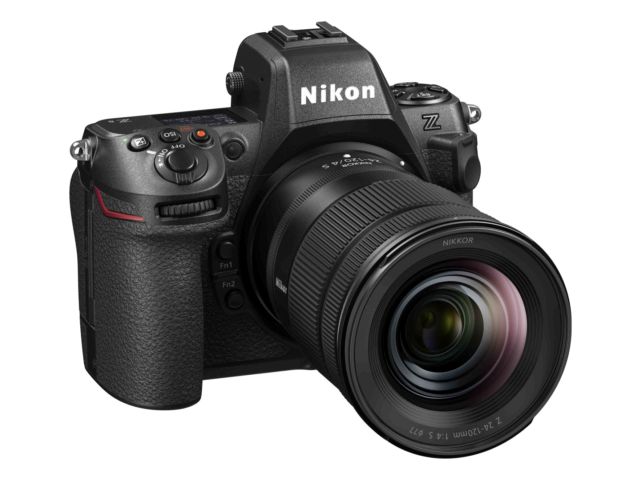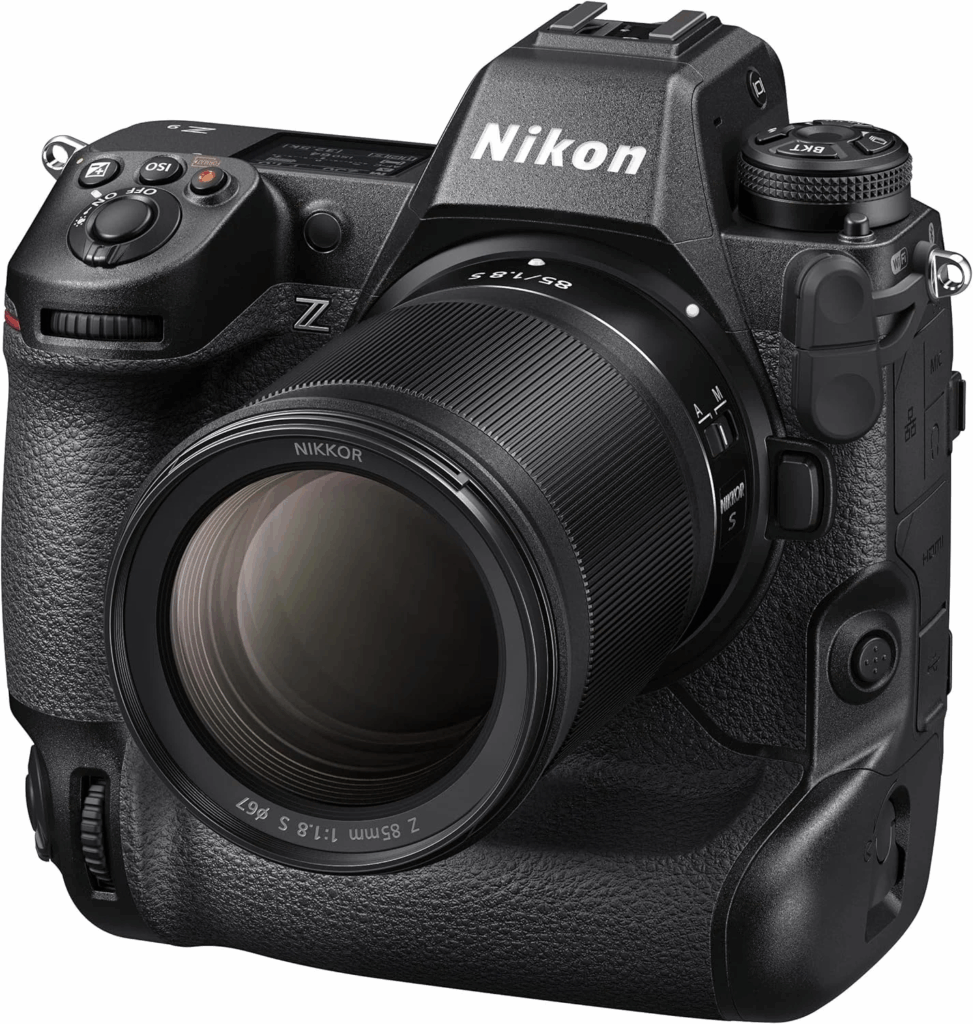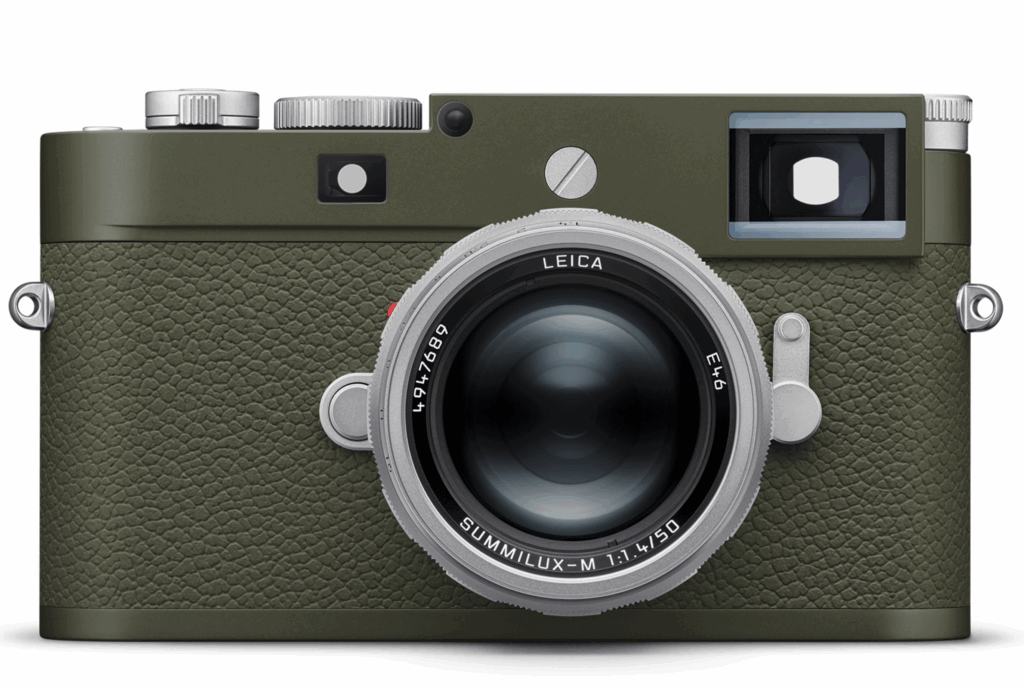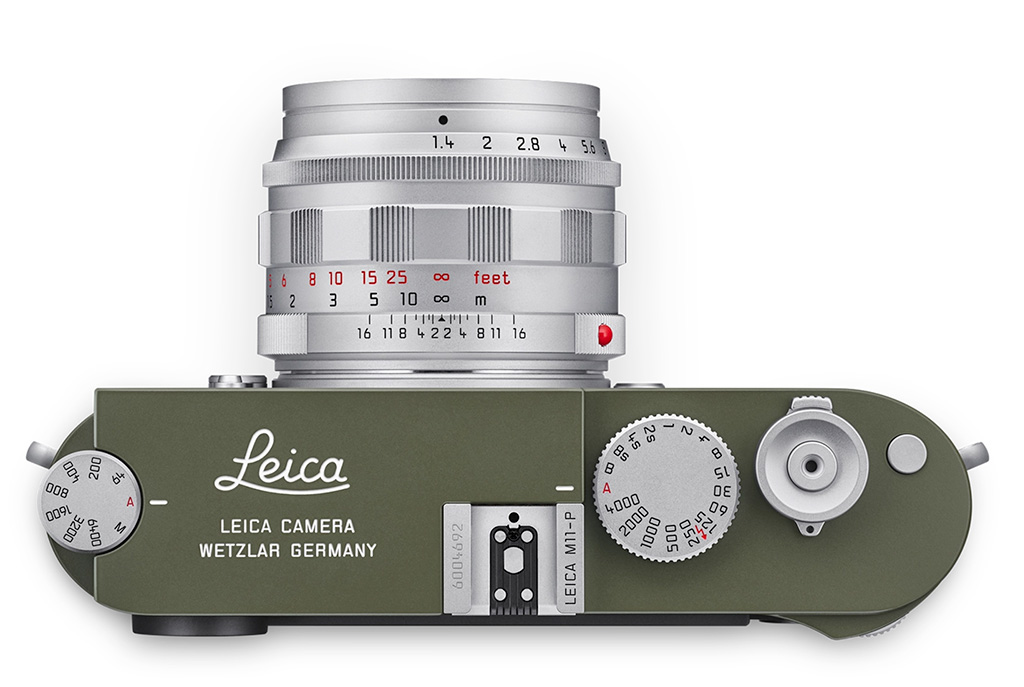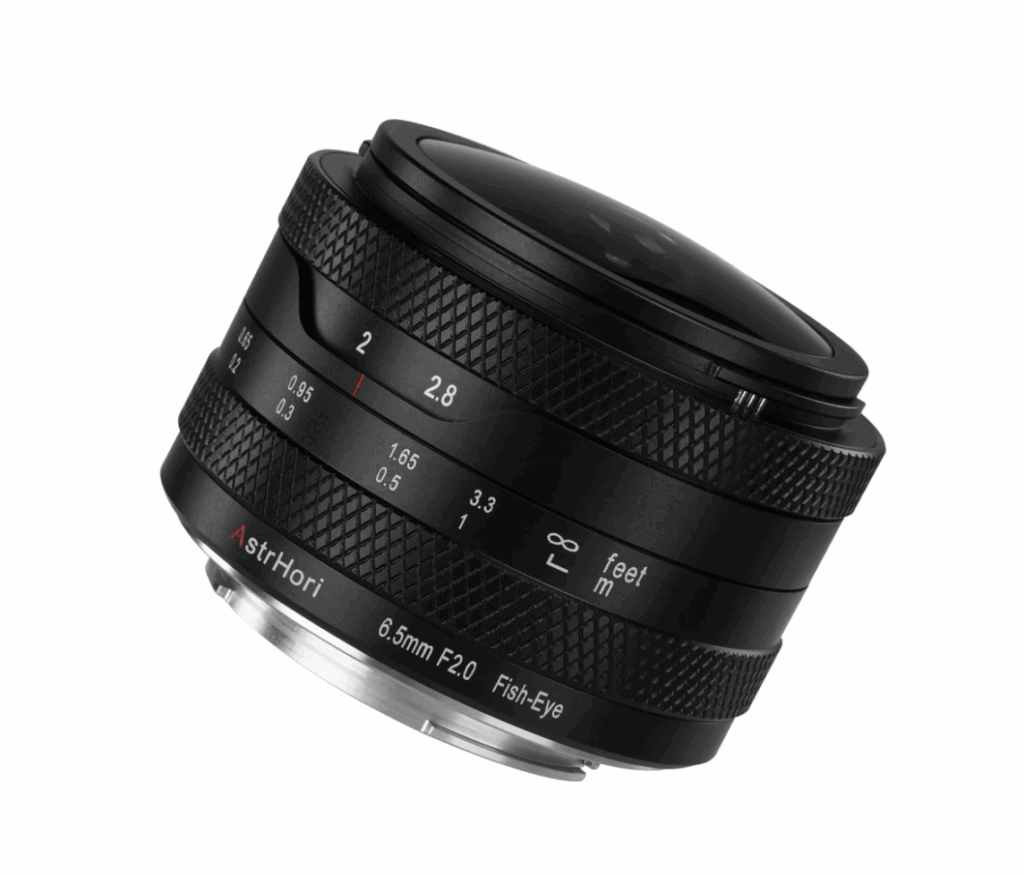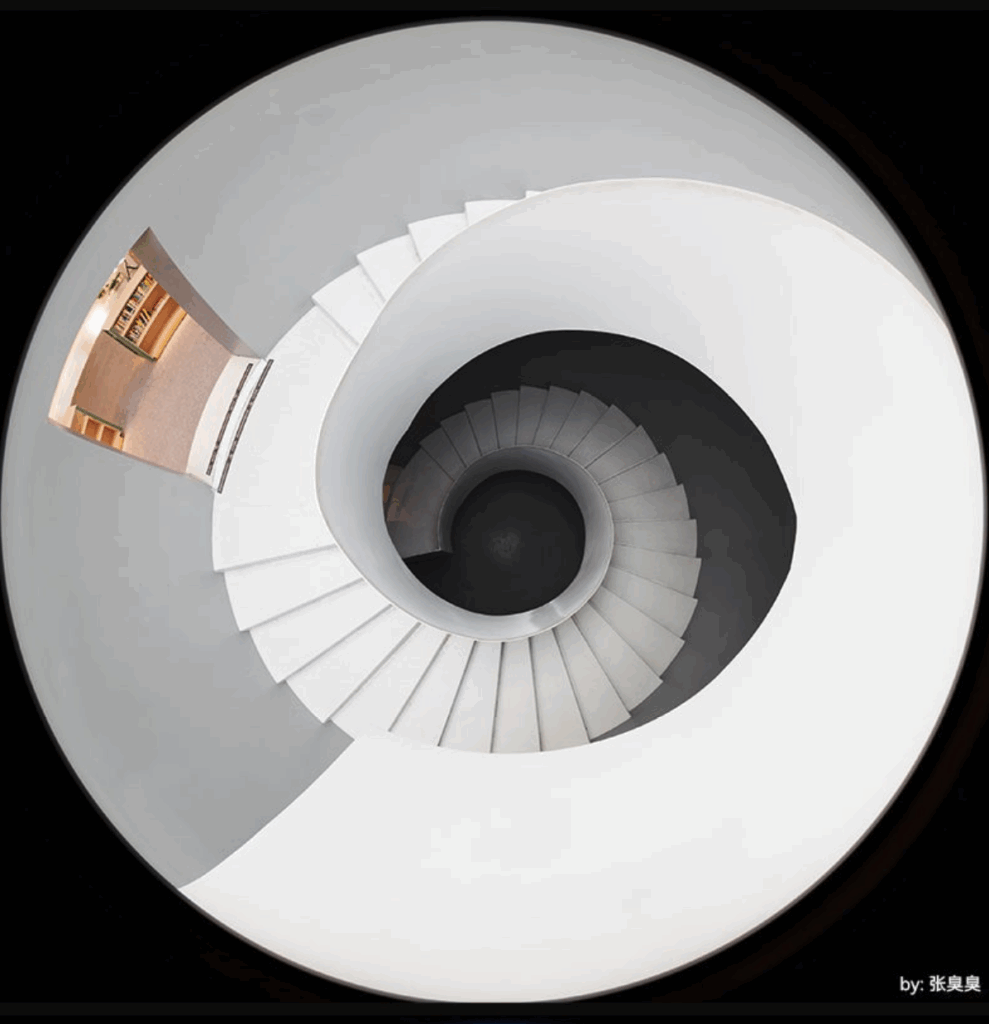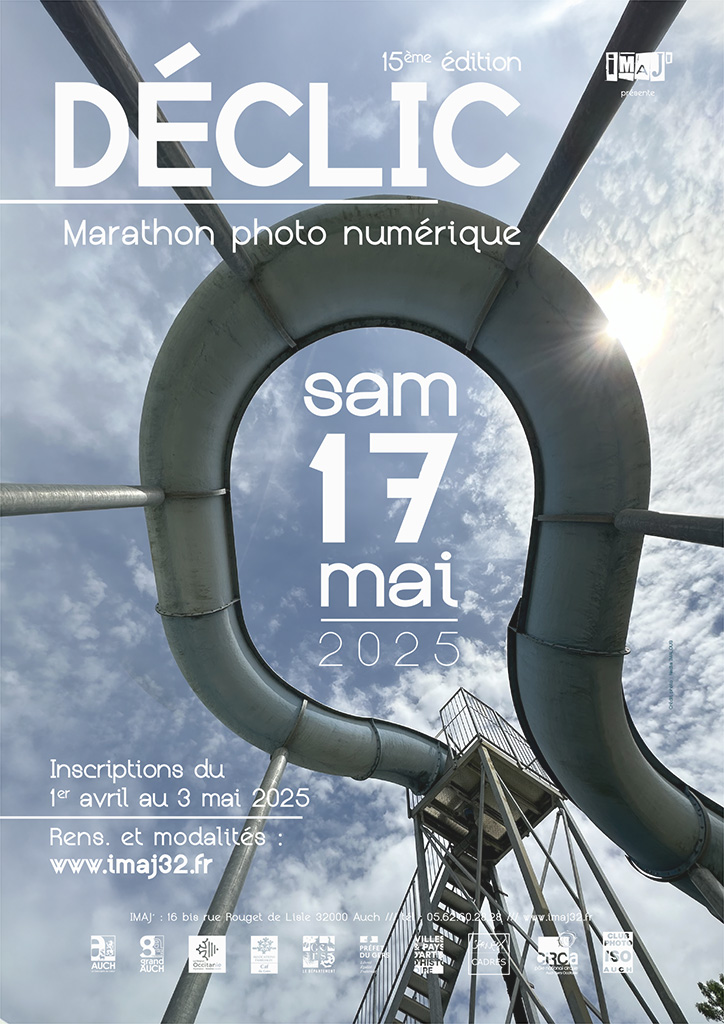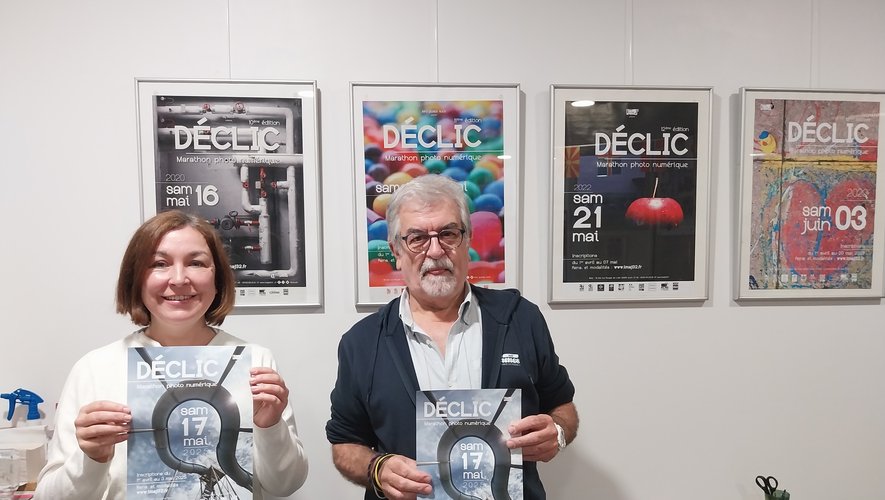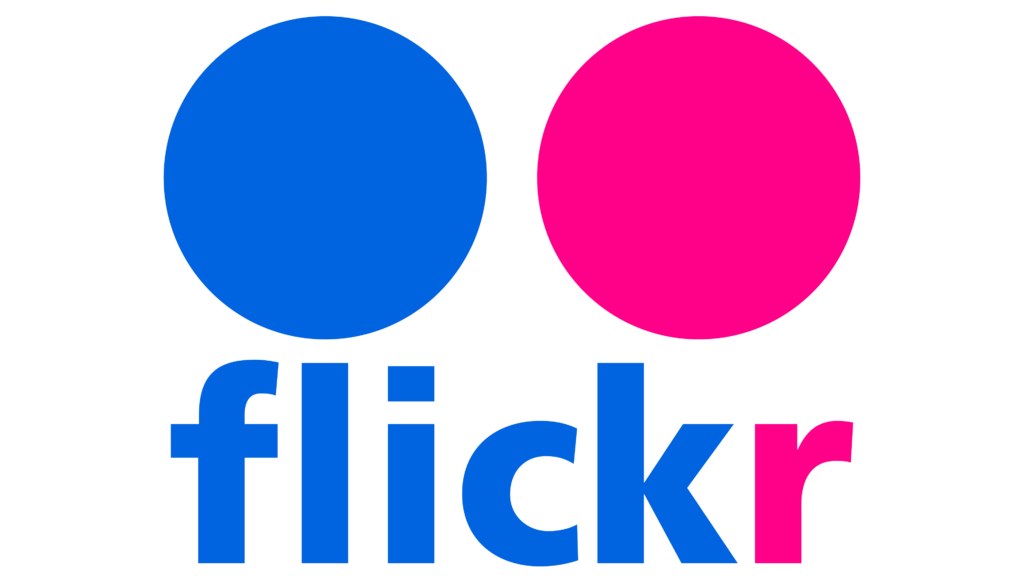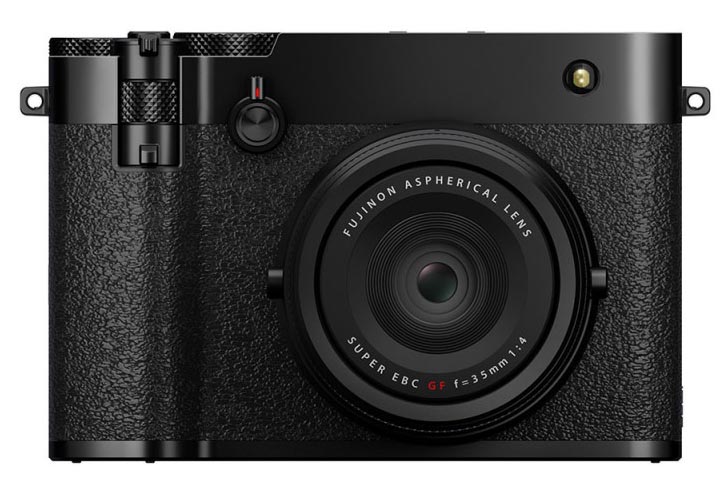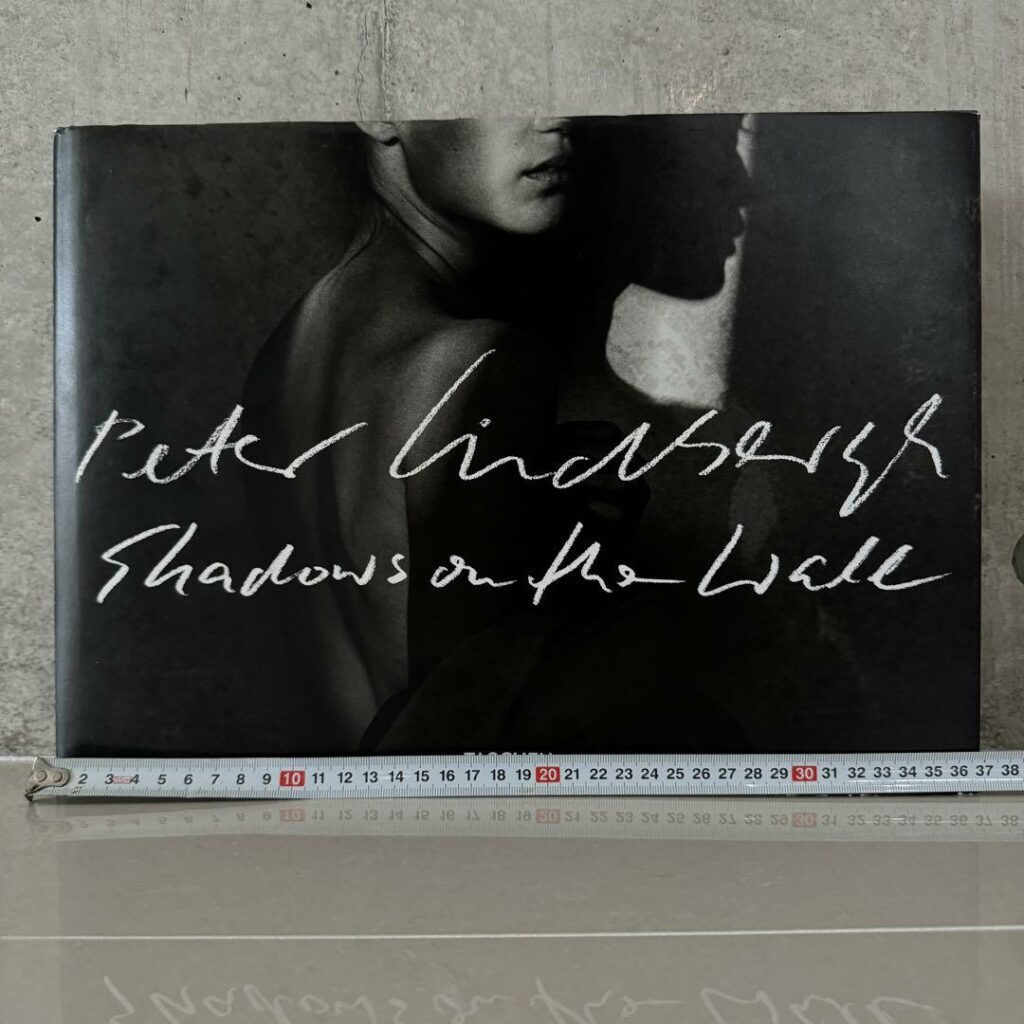Summer is over, autumn has begun, the circus festival has come and gone and the clocks have changed – what else is there?
Firstly the festival was a blast – some very good spectacles this year (this helps erase the memories of people wearing nappies on their heads etc. from last year) and I’m happy with the results.
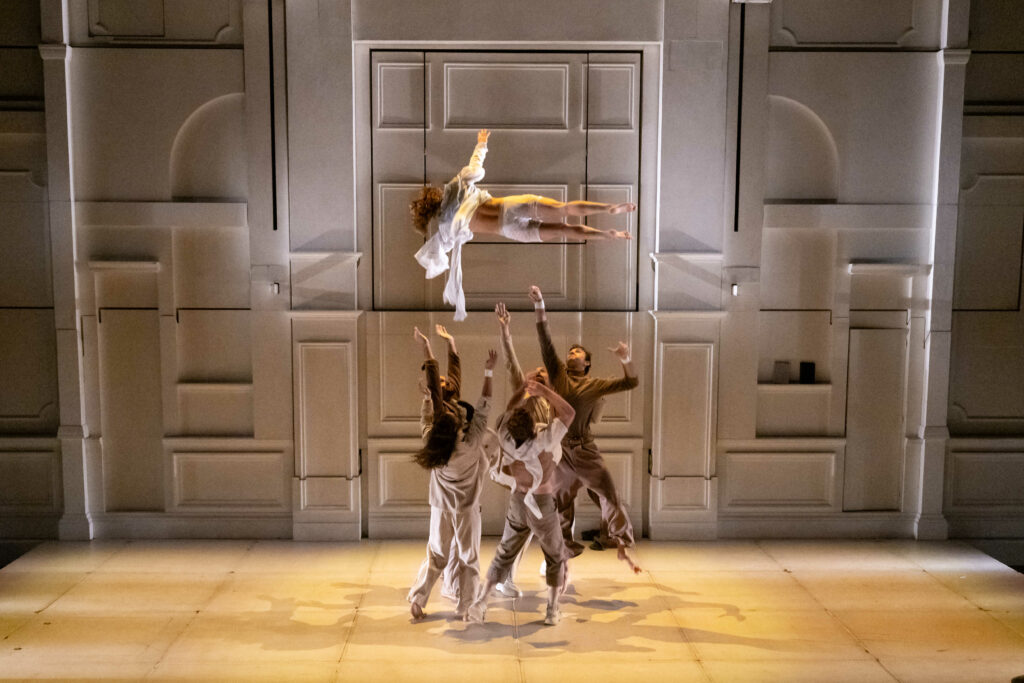
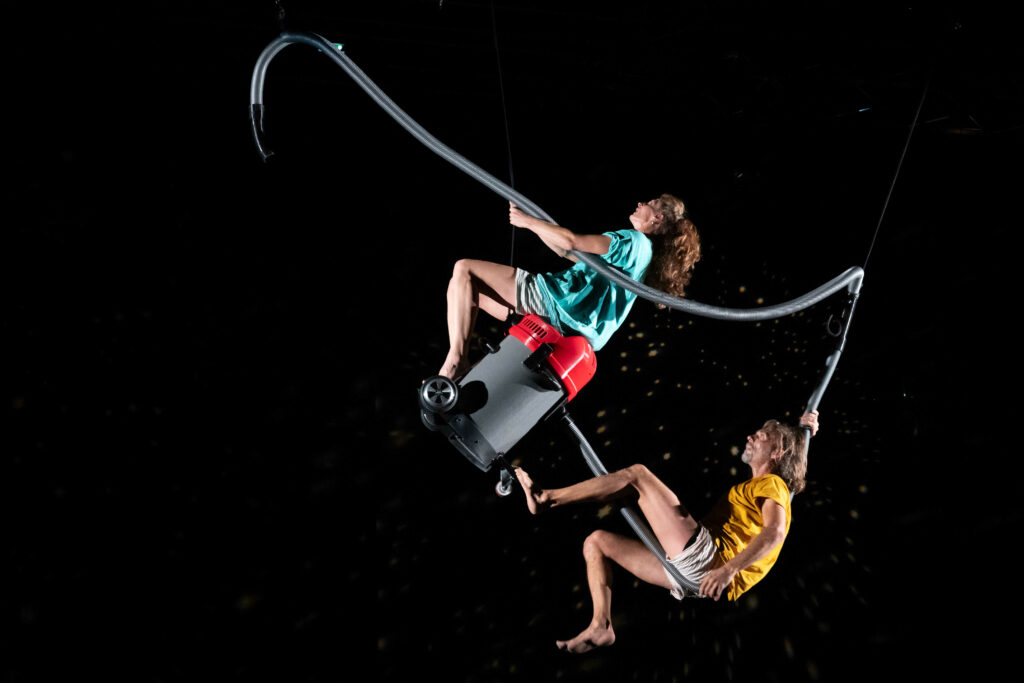
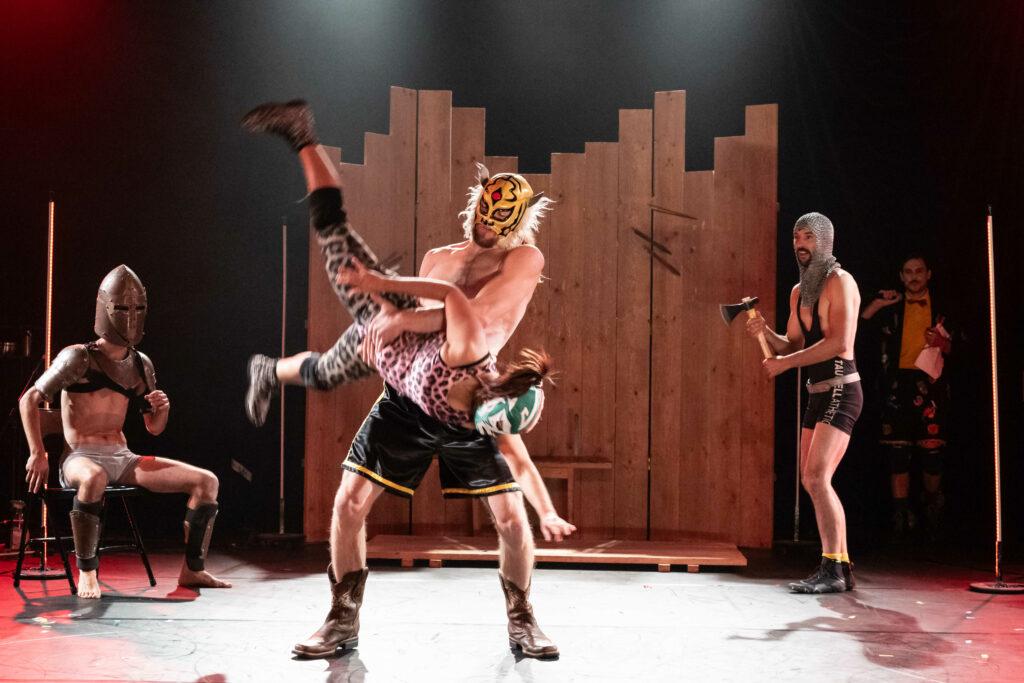

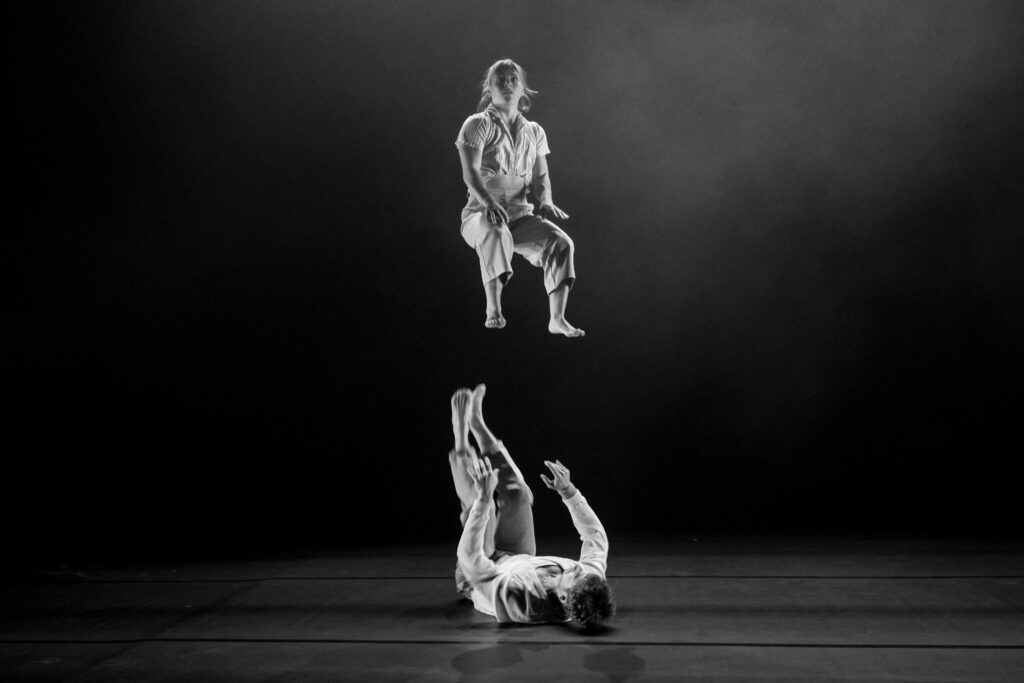
We’ve had a particularly mild Autumn so far – doesn’t really seem that Christmas is around the corner with temperatures in the low 20’s. After our last foray into Scotland, and looking at the quality of the images I was able to produce with the Z6ll, I decided to do something I’ve never done before – buy a ‘grey’ import camera.
Grey imports are items generally purchased in the Far East or at least countries that have little or no purchase tax, which are then sold in Europe at massive discounts. The items are fully functioning models, not copies or with different specifications – they just have to ‘official’ right to an after sales service (repairs under guarantee etc.) so you have to be careful choosing.
Financially the difference was pretty impressive – this camera body normally sells for 2799€ in France but NIKON have a reduction at the moment and it retails at 2299€. I paid 1500€ and as far as I can see, this is a fully functioning camera body with no defects – the seller (based in France) simply orders from vendors in China who buy locally – very often there are items missing – battery chargeurs, no French/European charging cable etc. but this wasn’t the case here. Interestingly, for customs, the camera was listed as an « image recorder » with a respectively low value…
My choice was a brand new Z7ll
No different externally from the Z6ll – but the sensor is twice the pixel density – 45Mp instead of 24Mp. As an example, the following image was created from a 48Mp RAW file on the Z7ll – on the Z6ll the file would have been roughly 29Mp

Just for fun, I checked the shutter count with this first image…(This is the sequential file number recorded into the EXIF information of each image file, which cannot be modified, so effectively shows the actual shutter count of the camera)
Reassuring ! At least I know the camera is brand new. To test this new beauty, I’m going to use the 14-24 f/2.8 wide-angle zoom – this lens is a particularly good choice as it has an extremely high definition and will show up any defects. (Another good one is the 24-70 f/4 – a very good quality lens for an f/4, and much more compact)
More when I’ve made some images…
